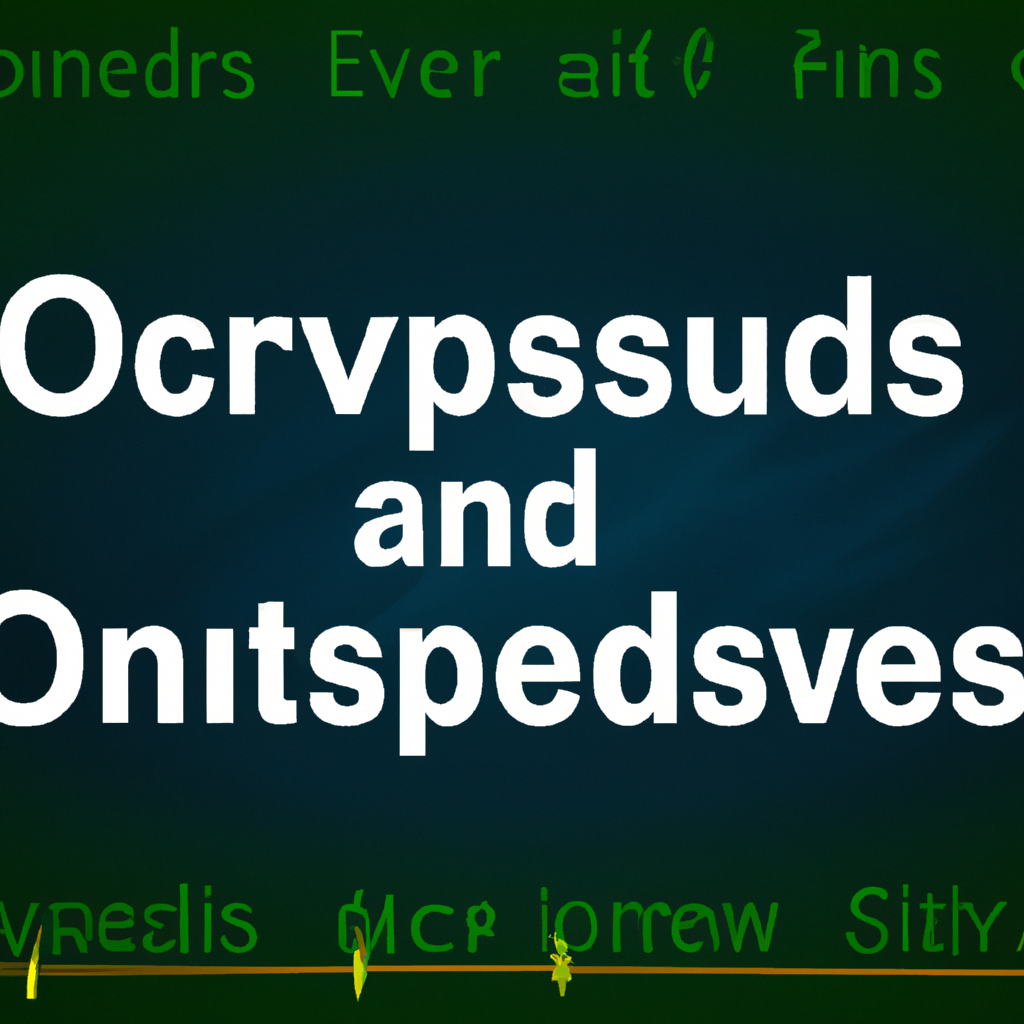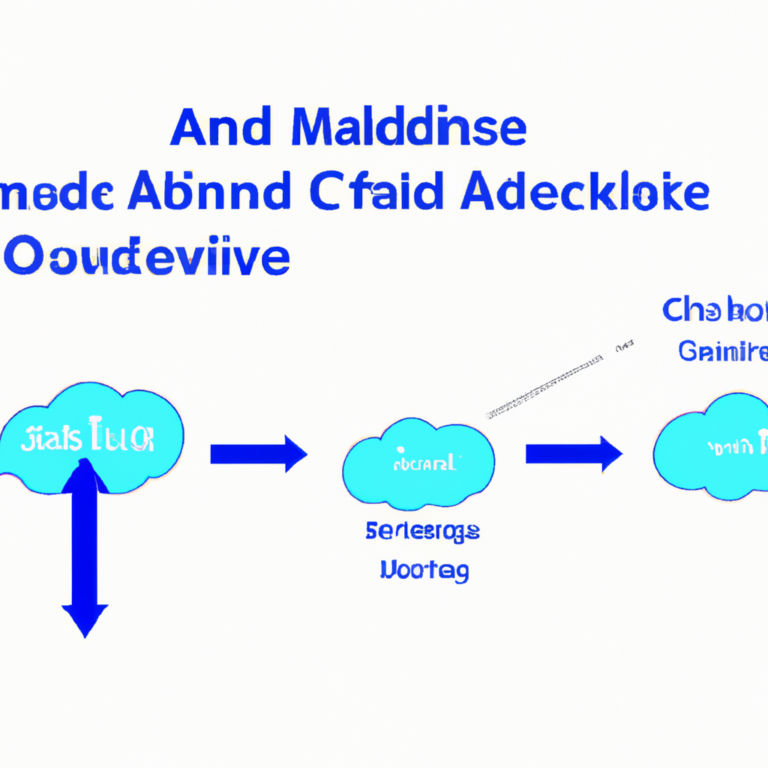Understanding Overbought and Oversold Conditions
When it comes to trading in the financial markets, understanding overbought and oversold conditions is crucial for making informed decisions. These conditions can help traders identify potential entry and exit points, as well as gauge the strength of a trend. In this article, we will delve into what overbought and oversold conditions are and how they can be used in trading.
What are Overbought and Oversold Conditions?
Overbought and oversold conditions refer to the levels at which an asset’s price is considered to be too high or too low, respectively. These conditions are often identified using technical indicators, such as the Relative Strength Index (RSI) or the Stochastic Oscillator.
Overbought Conditions
When an asset is considered to be overbought, it means that its price has risen too far, too fast, and is due for a correction. This can occur when there is excessive buying pressure in the market, leading to a potential reversal or pullback in price. Traders often look for overbought conditions as a signal to sell or take profits.
Oversold Conditions
Conversely, oversold conditions occur when an asset’s price has fallen too far, too fast, and is due for a bounce. This can happen when there is excessive selling pressure in the market, leading to a potential reversal or rally in price. Traders often look for oversold conditions as a signal to buy or enter a position.
Using Overbought and Oversold Conditions in Trading
Traders can use overbought and oversold conditions in a variety of ways to inform their trading decisions. Some common strategies include:
- Using overbought conditions as a signal to sell or take profits
- Using oversold conditions as a signal to buy or enter a position
- Looking for divergence between price and an oscillator indicator to confirm potential reversals
- Combining overbought and oversold conditions with other technical analysis tools for confirmation
It’s important to note that overbought and oversold conditions are not foolproof indicators and should be used in conjunction with other analysis techniques. Additionally, markets can remain overbought or oversold for extended periods of time, so it’s essential to consider the broader market context when making trading decisions.
Conclusion
Overbought and oversold conditions are valuable tools for traders to identify potential entry and exit points in the financial markets. By understanding these conditions and how to use them effectively, traders can improve their trading strategies and increase their chances of success. Remember to always conduct thorough research and analysis before making any trading decisions based on overbought or oversold conditions.










